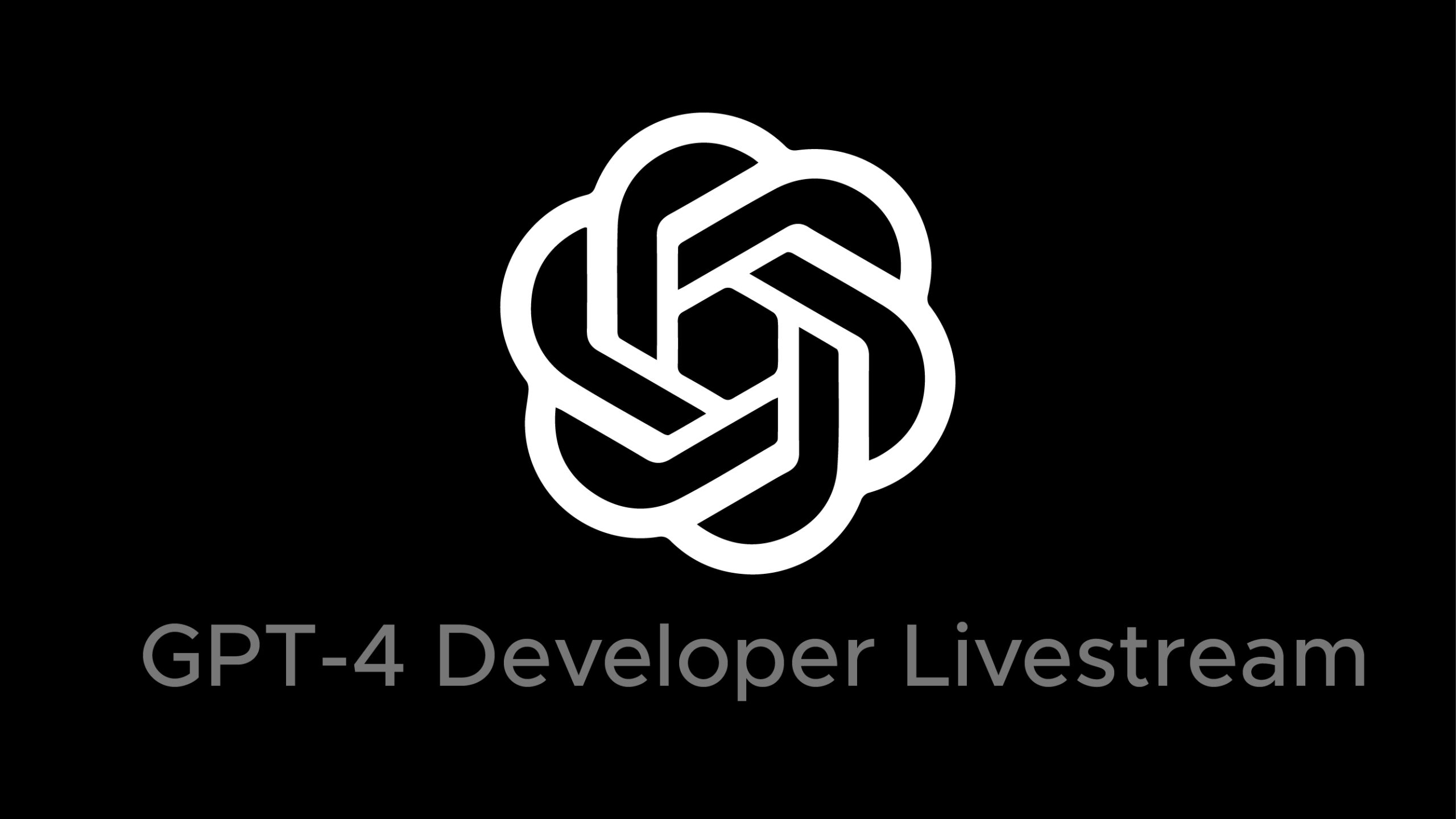In today’s digital age, artificial intelligence (AI) has driven numerous technological advancements. One remarkable development is conversational AI, enabling computers to engage in natural, interactive conversations with humans. Among the pioneers in this field is ChatGPT-4, the fourth iteration of the widely acclaimed ChatGPT series. In this article, we explore the fascinating world of ChatGPT-4, its capabilities, applications, and the impact it will have on revolutionizing conversational AI.
Understanding ChatGPT-4
ChatGPT-4, an advanced language model developed by OpenAI, builds upon the successes of its predecessor, GPT-3, introducing notable improvements. Trained on an extensive dataset of diverse text sources, it generates coherent and contextually appropriate responses.
One key enhancement in ChatGPT-4 is its ability to grasp nuanced queries and provide accurate, informative answers. It achieves this through better contextual understanding and by drawing upon a wider range of knowledge sources. Additionally, the model exhibits improved logical reasoning, enabling more meaningful and coherent conversations.
Enhanced Multimodality
The incorporation of multimodal capabilities in ChatGPT-4 is a significant advancement. By integrating sensory information like images and audio, the model gains a more comprehensive understanding of context, enabling responses beyond text-based inputs. This expansion brings us closer to achieving natural and human-like interactions with AI systems. With multimodal processing, ChatGPT-4 can find applications in fields where visual or auditory cues are crucial, enhancing communication and interaction between humans and AI systems.
Applications of ChatGPT-4
ChatGPT-4’s potential applications are vast and diverse. It can revolutionize customer support by providing instant, accurate, personalized responses. As a virtual personal assistant, it assists with tasks like scheduling appointments, managing emails, and providing relevant information. In education, ChatGPT-4 serves as a virtual tutor, engaging with students, answering queries, and facilitating interactive learning experiences. Content creators can leverage ChatGPT-4 for generating engaging and informative content. Furthermore, its language translation capabilities bridge communication gaps between individuals speaking different languages.
Ethical Considerations
While conversational AI advancements bring opportunities, ethical implications must be considered. Responsible usage is crucial to avoid pitfalls. OpenAI works to mitigate biases and improve behavior, but continuous monitoring and refinement are essential for ensuring fairness, accuracy, and accountability.
Conclusion
ChatGPT-4 represents a significant leap forward in conversational AI. Its enhanced capabilities, including improved contextual understanding, logical reasoning, and multimodal processing, open new possibilities for human-machine interactions. The potential applications across industries like customer support, personal assistance, education, content creation, and language translation highlight the versatility and transformative power of this advanced language model.
